Nancy Love and the WASP Ferry Pilots of World War II by Sarah Bryn Rickman
Publisher: University of North Texas Press
Genre: Historical, Biography, Non-Fiction
Rating: Four Stars
Reviewed by NymphaeaShe flew the swift P-51 and the capricious P-38, but the heavy, four-engine B-17 bomber and C-54 transport were her forte. This is the story of Nancy Harkness Love who, early in World War II, recruited and led the first group of twenty-eight women to fly military aircraft for the U.S. Army.
Love was hooked on flight at an early age. At sixteen, after just four hours of instruction, she flew solo “a rather broken down Fleet biplane that my barnstorming instructor imported from parts unknown.” The year was 1930: record-setting aviator Jacqueline Cochran (and Love’s future rival) had not yet learned to fly, and the most famous woman pilot of all time, Amelia Earhart, had yet to make her acclaimed solo Atlantic flight.
When the United States entered World War II, the Army needed pilots to transport or “ferry” its combat-bound aircraft across the United States for overseas deployment and its trainer airplanes to flight training bases. Most male pilots were assigned to combat preparation, leaving few available for ferrying jobs. Into this vacuum stepped Nancy Love and her civilian Women’s Auxiliary Ferrying Squadron (WAFS).
Love had advocated using women as ferry pilots as early as 1940. Jackie Cochran envisioned a more ambitious plan, to train women to perform a variety of the military’s flight-related jobs stateside. The Army implemented both programs in the fall of 1942, but Jackie’s idea piqued General Hap Arnold’s interest and, by summer 1943, her concept had won. The women’s programs became one under the name Women Airforce Service Pilots (WASP), with Cochran as the Director of Women Pilots and Love as the Executive for WASP.
Nancy Love advised the Ferrying Division, which was part of the Air Transport Command, as to the best use of their WASP ferry pilots. She supervised their allocation and air-training program. She proved adept at organizing and inspiring those under her command, earning the love and admiration of her pilots. Her military superiors trusted and respected her, to the point that she became Ferrying Division commander Gen. William H. Tunner’s troubleshooter.
By example, Love won the right for women ferry pilots to transition into increasingly more complex airplanes. She checked out on twenty-three different military aircraft and became the first woman to fly several of them, including the B-17 Flying Fortress. Her World War II career ended on a high note: following a general’s orders, she piloted a giant C-54 Army transport over the fabled China-Burma-India “Hump,” the crucial airlift route over the Himalayas.
Nancy Love believed that the women attached to the military needed to be on equal footing with the men and given the same opportunities to prove their abilities and mettle. Young women serving today as combat pilots owe much to Love for creating the opportunity for women to serve. Her foresight and tenacity nearly seventy years ago helped ensure their future. Now author Sarah Byrn Rickman, aviation historian, presents the first full-length biography of Nancy Love and her role in the WAFS and WASP programs. Her book will appeal to all with a love of flight.
There is so much to love about women pilots.
I had no idea who Nancy Love was until I picked up this book and that’s a shame. She’s quite an accomplished pilot and should be well-known. I had no idea there were women ferry pilots who took planes to the soldiers in WWII. It’s just not touched on in school. That’s a shame. Really. It should be taught.
Nancy Love knew she wanted to fly and her love of flying shows on every page. She wanted to make it possible for other women to fly as well. I liked how she believed there was no reason a woman couldn’t handle a plane, couldn’t make a difference and have a military career. She flew some of the biggest planes of the time and it was like any other day at the office for her.
The book flows well and engrossed me from the start. I learned a lot and I’m glad I did. This was a great book and should be read by everyone.
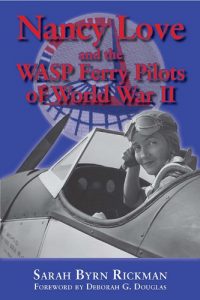



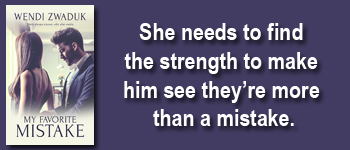

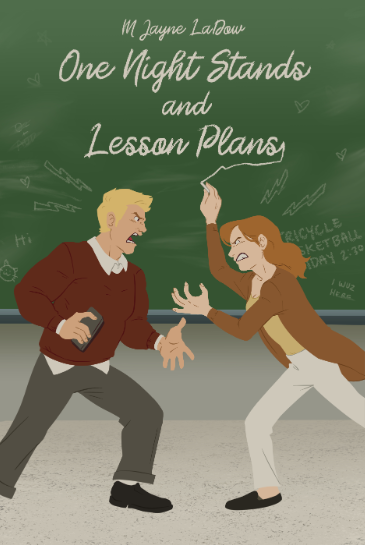



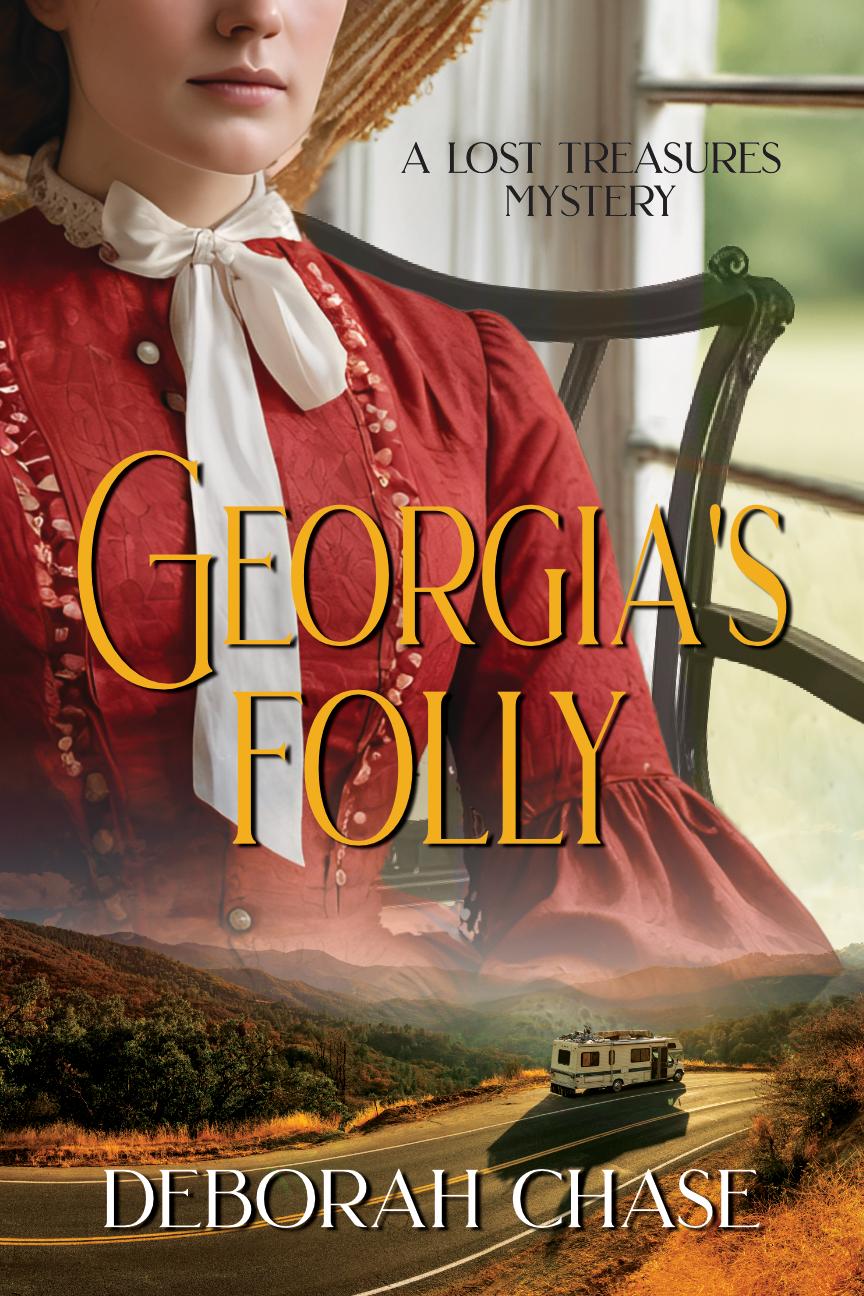








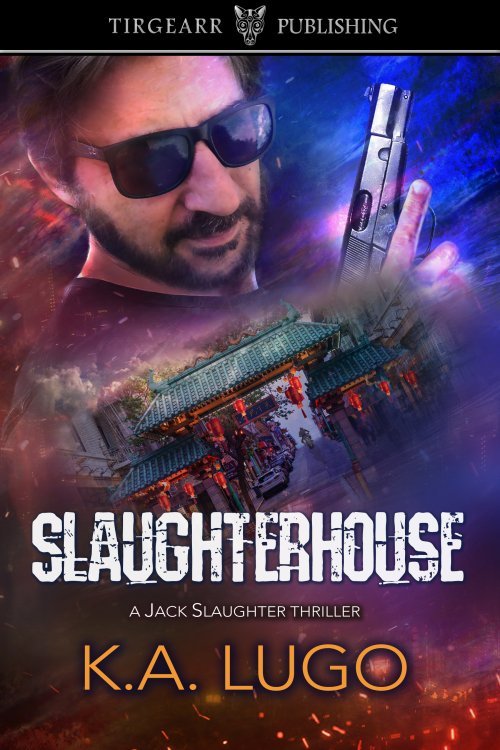
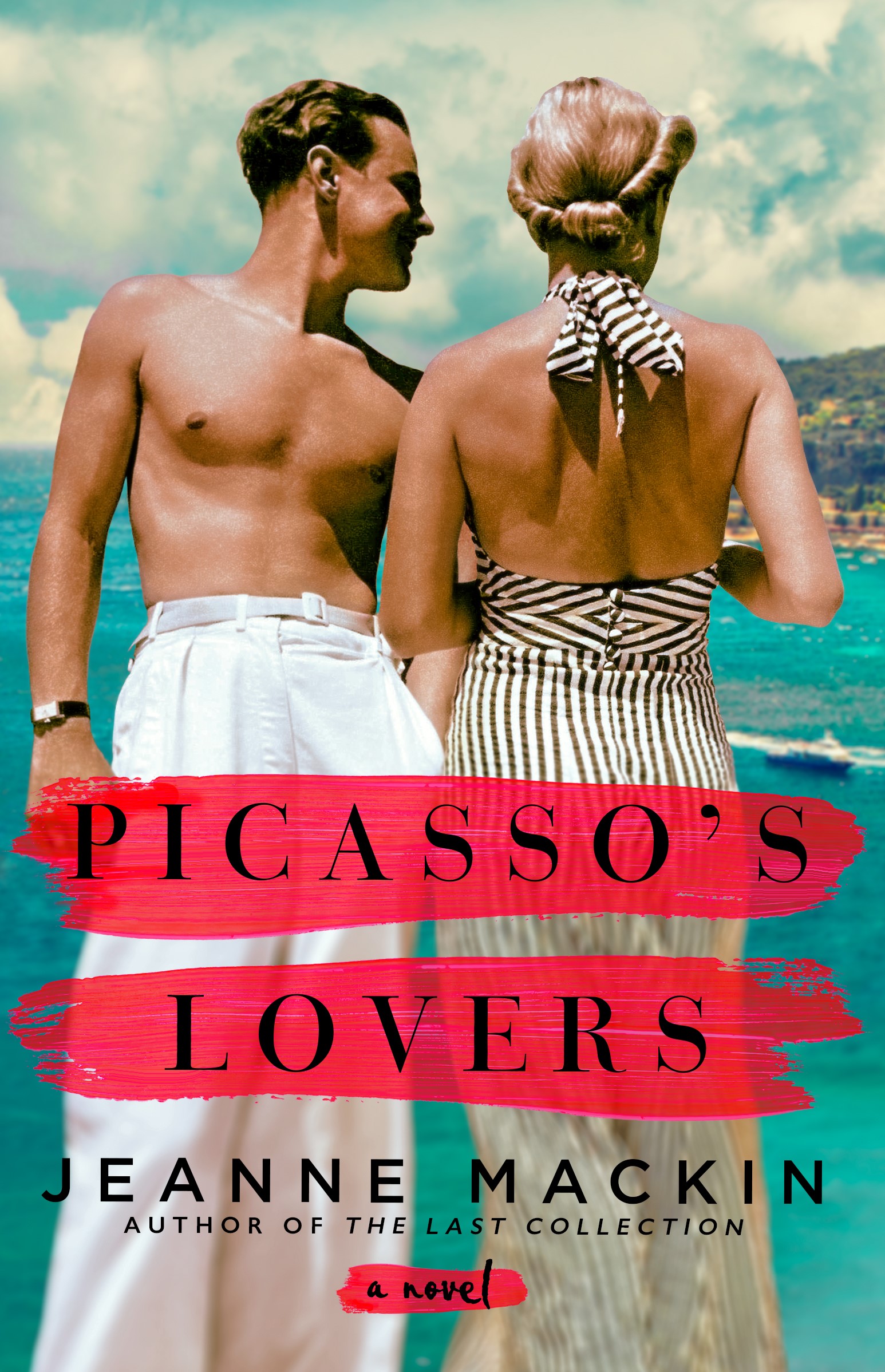



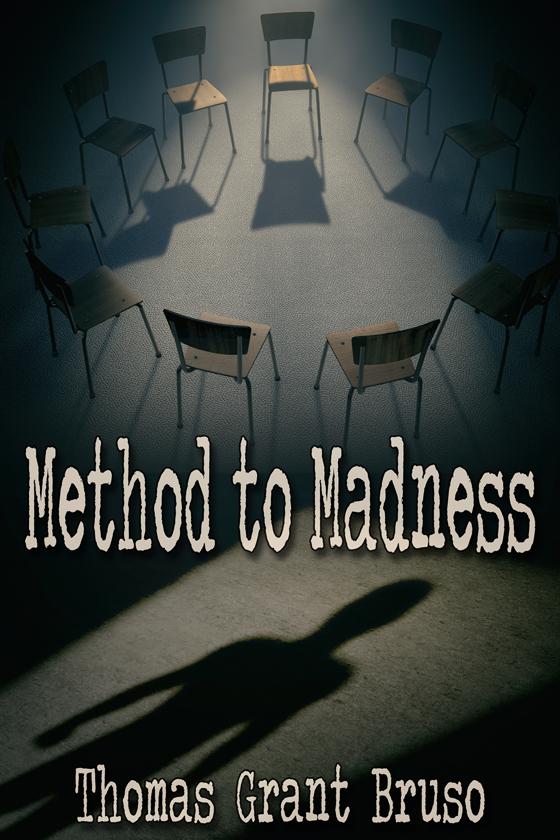

Speak Your Mind